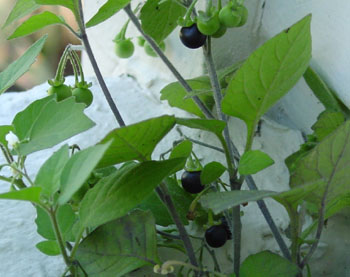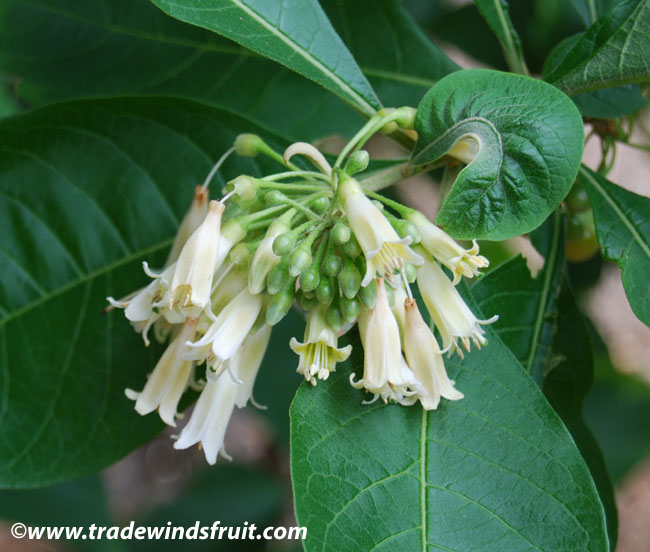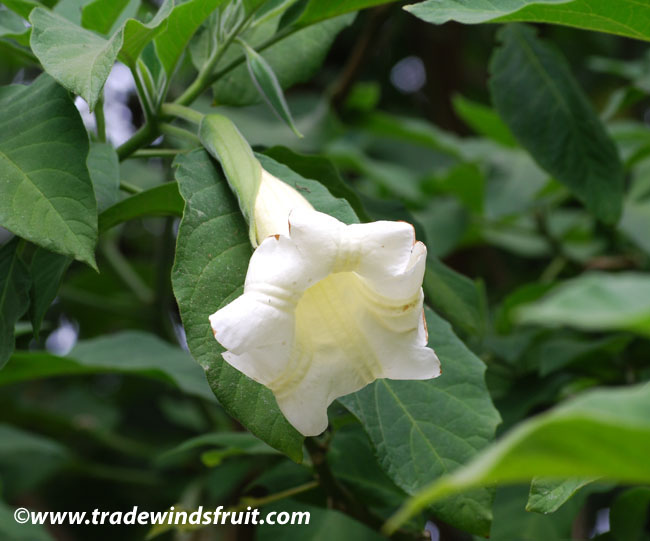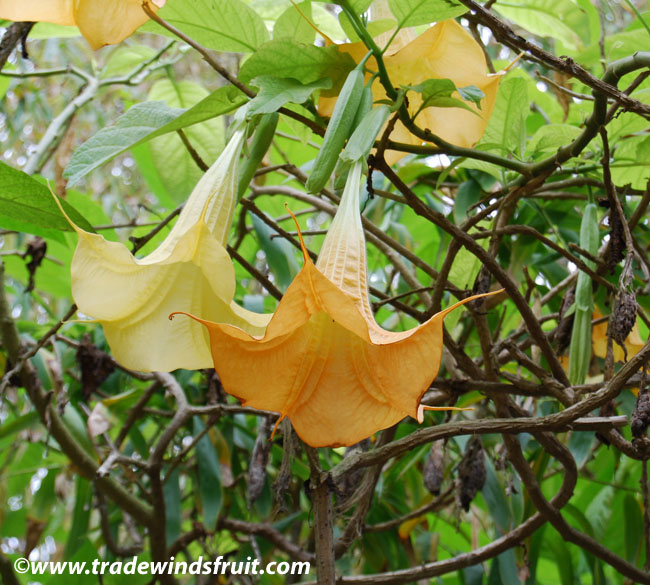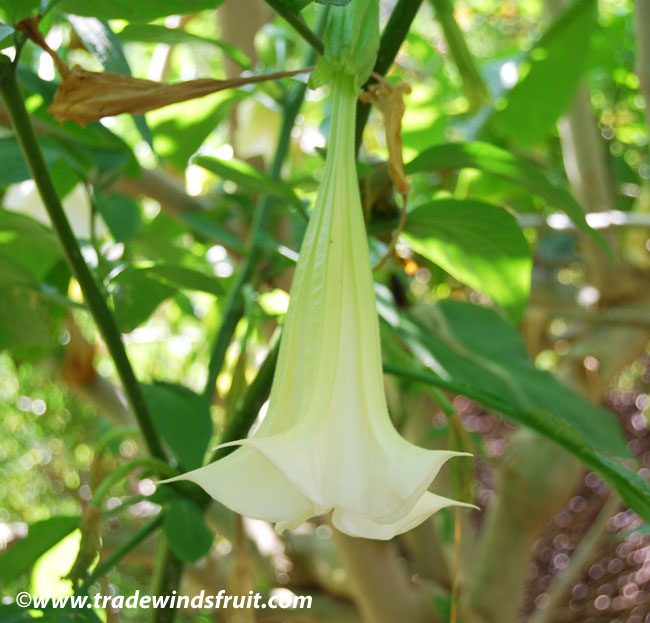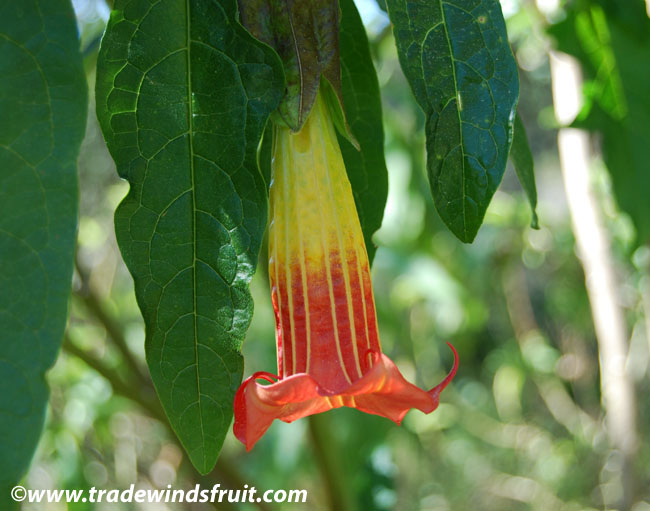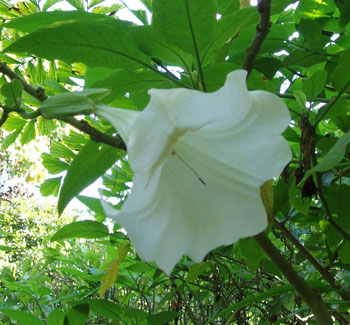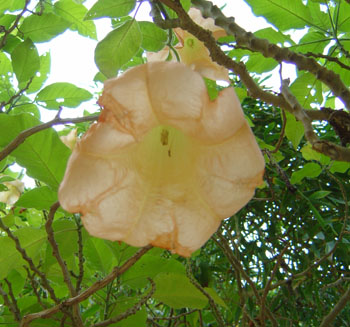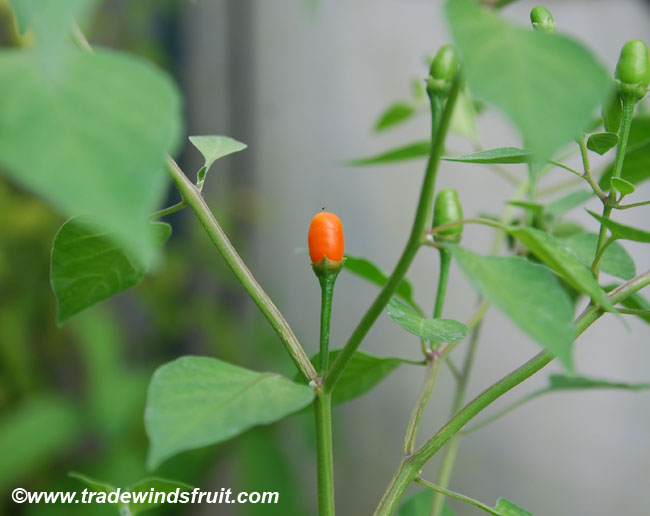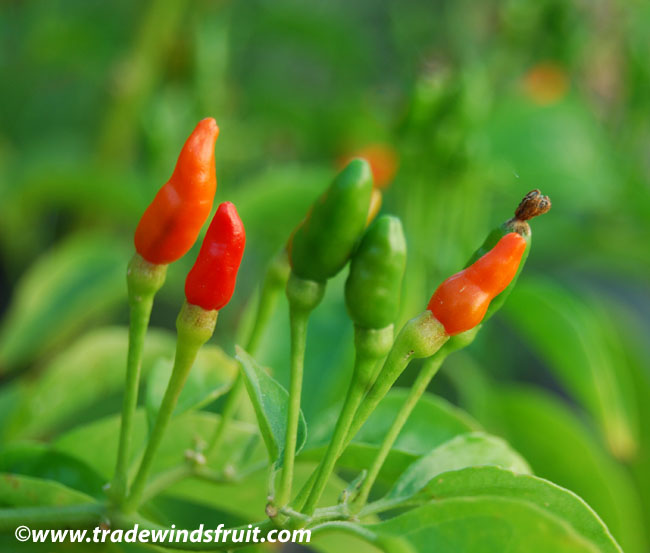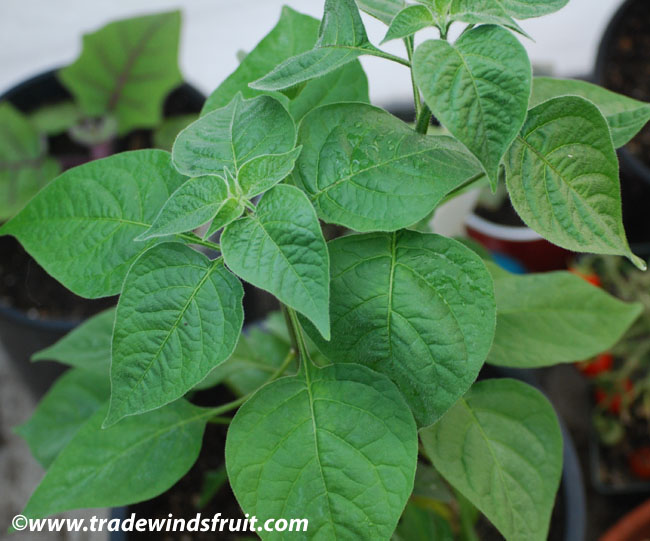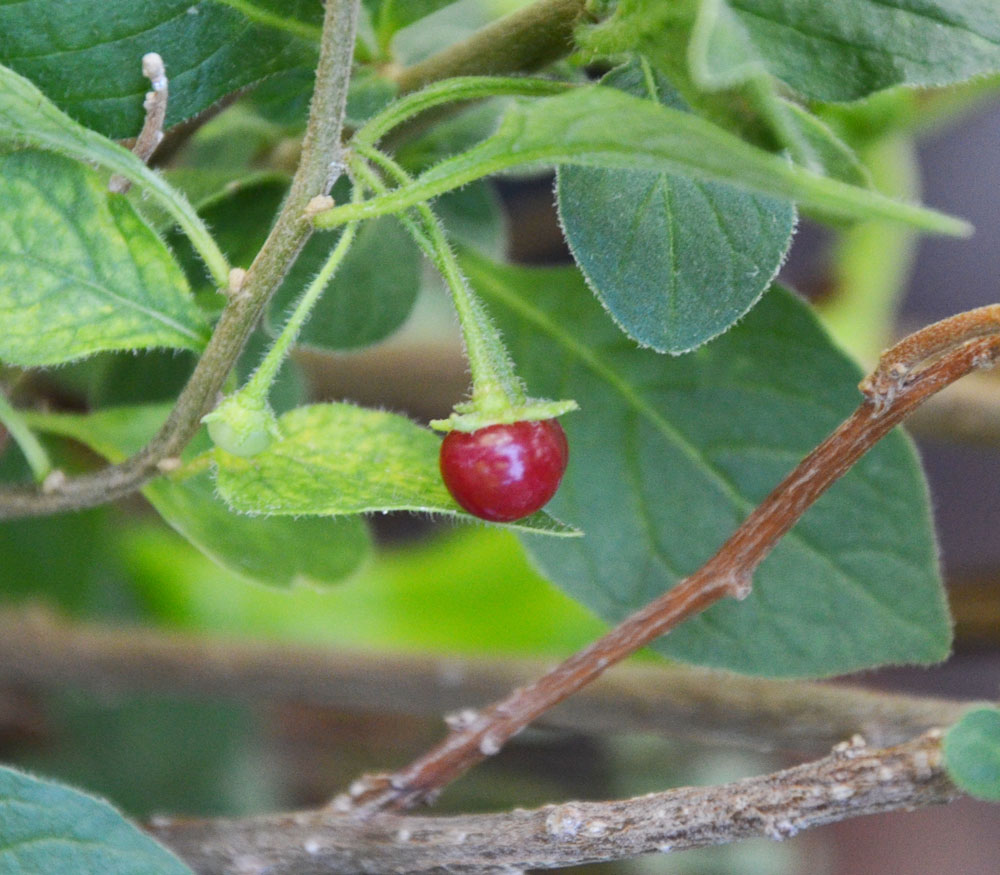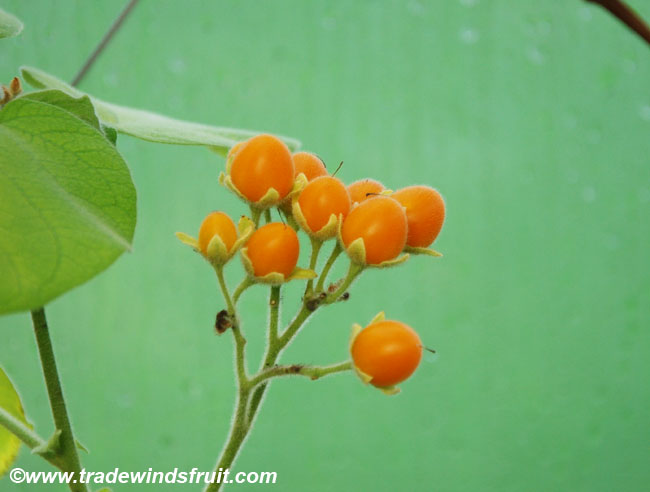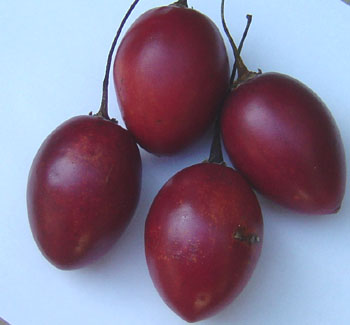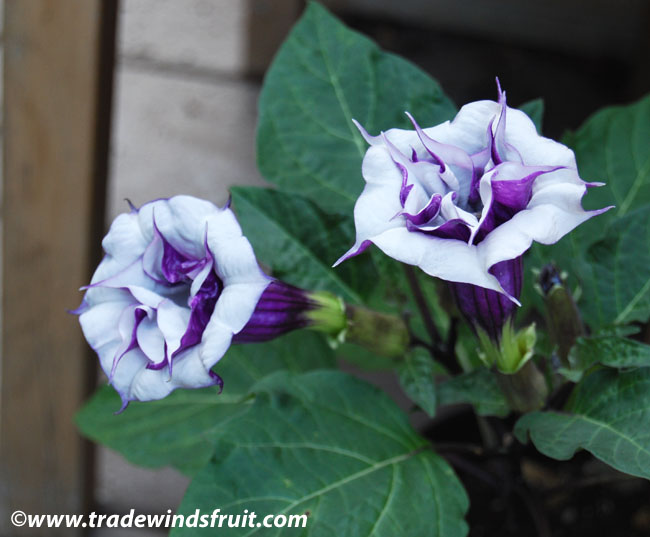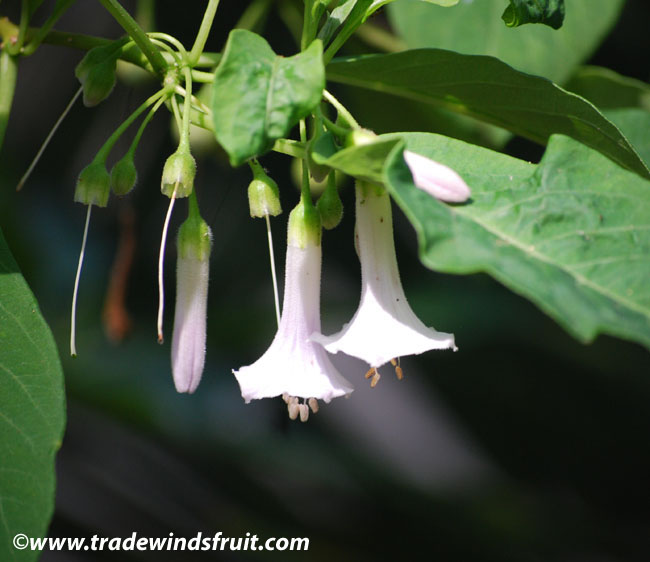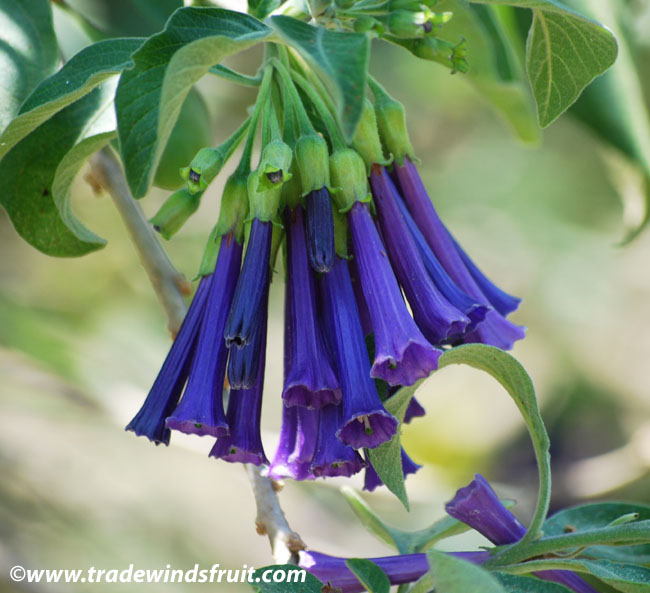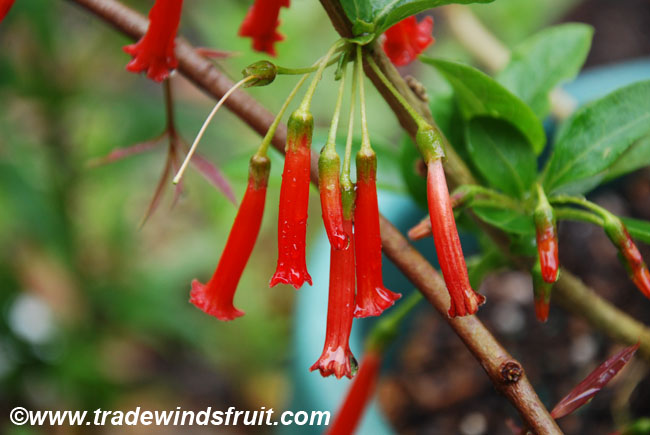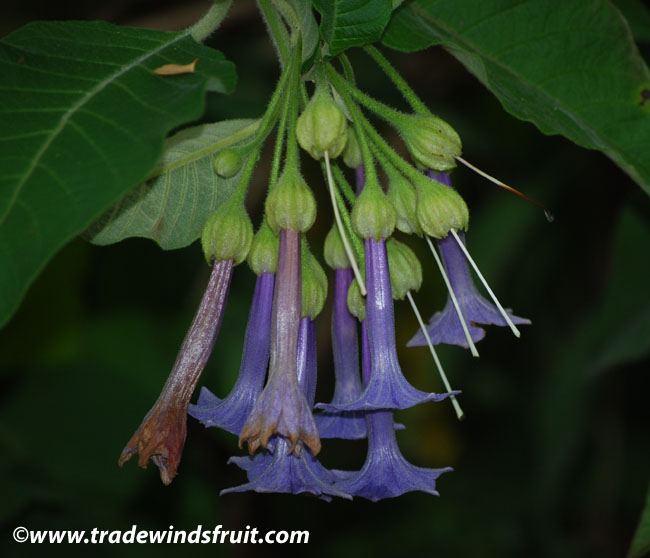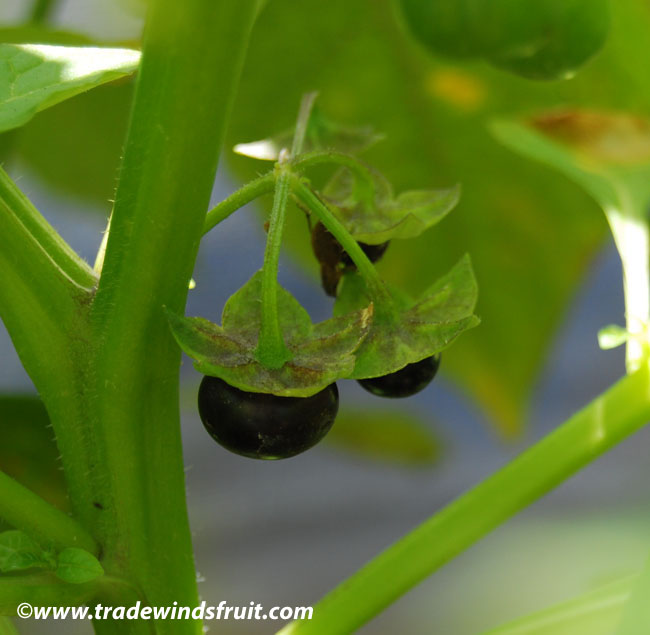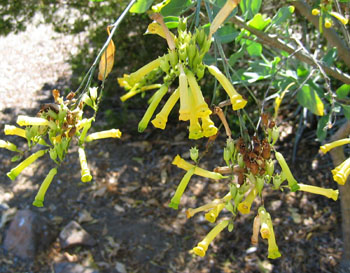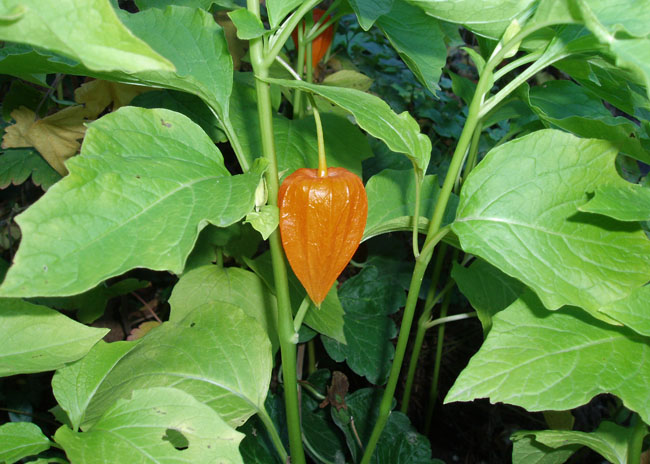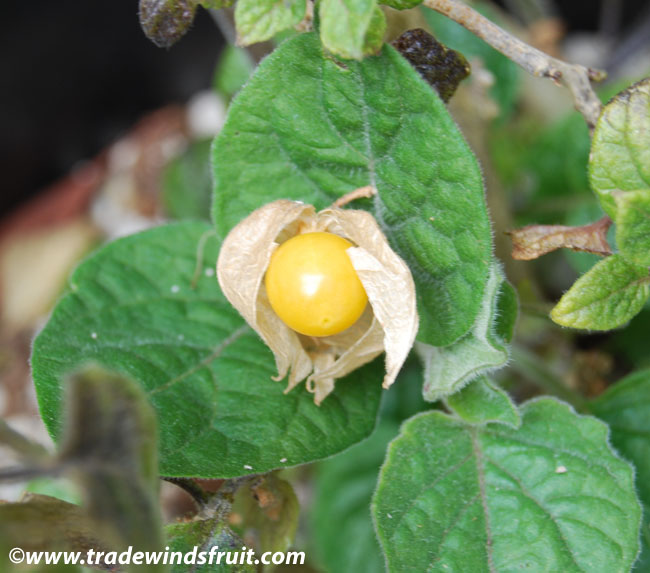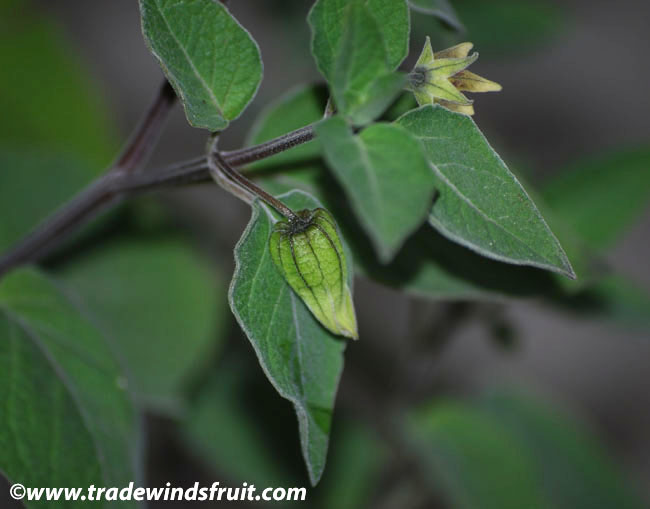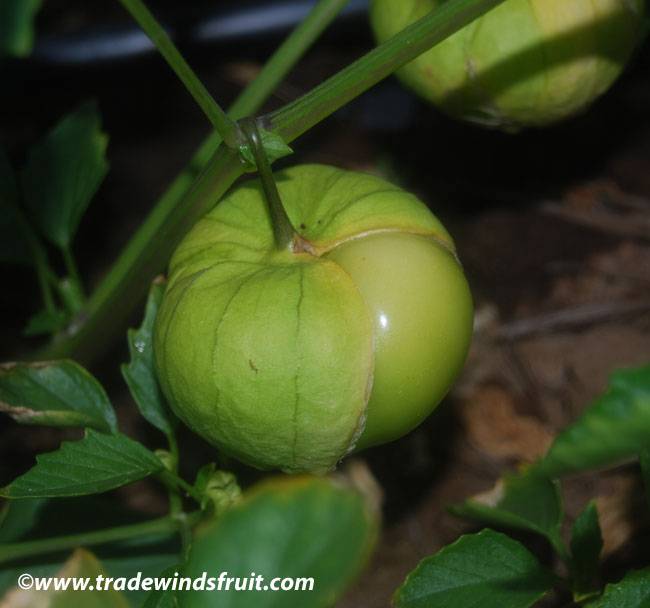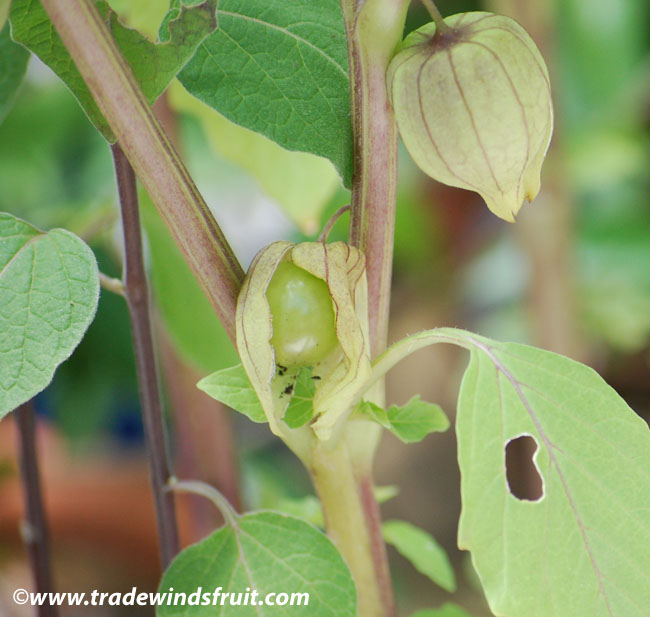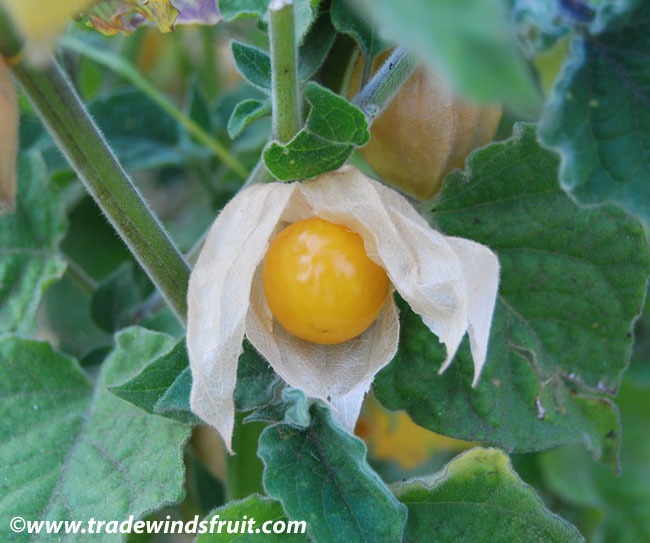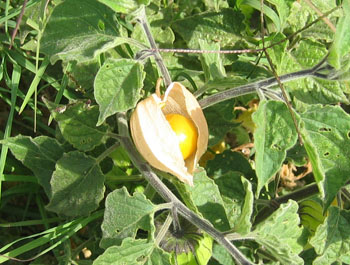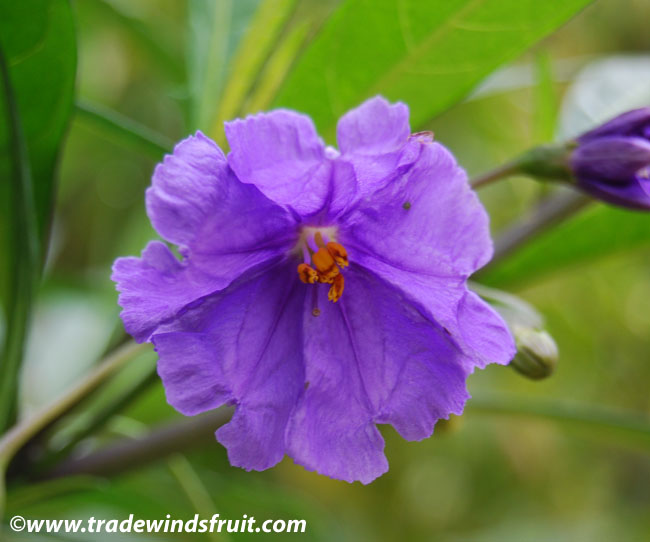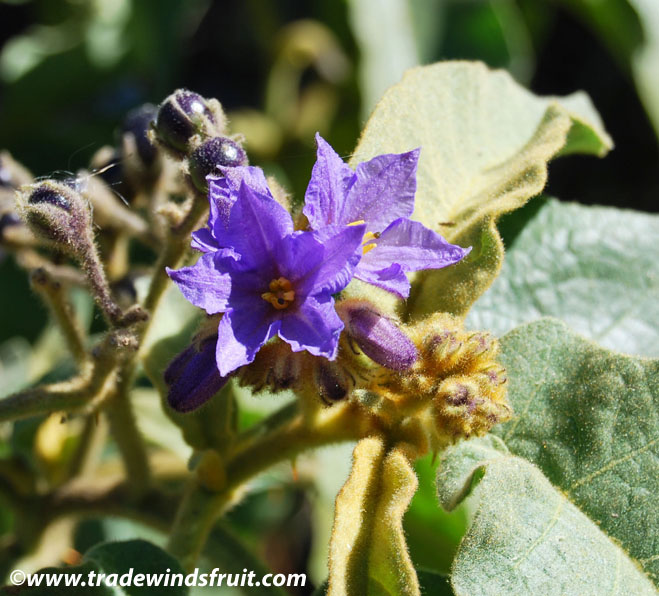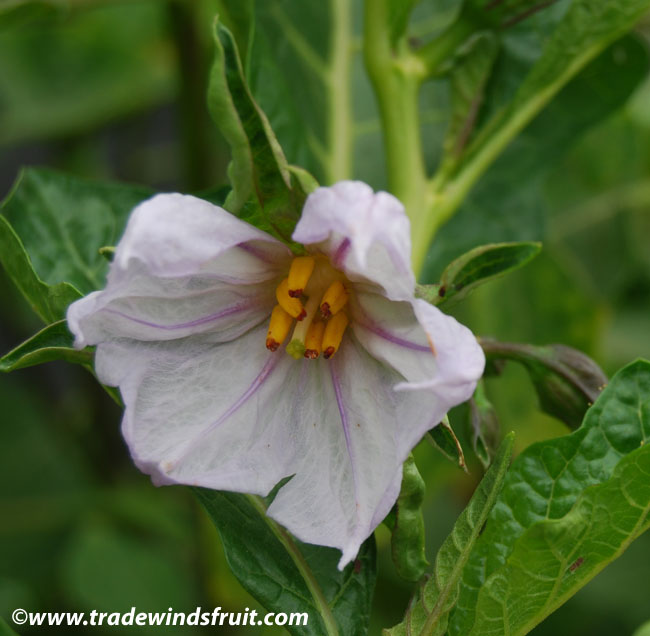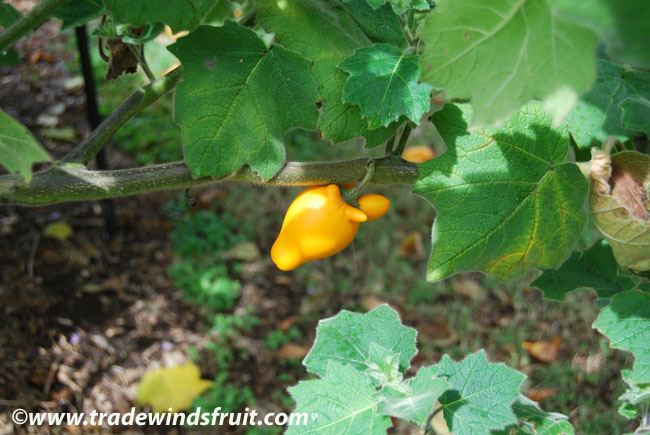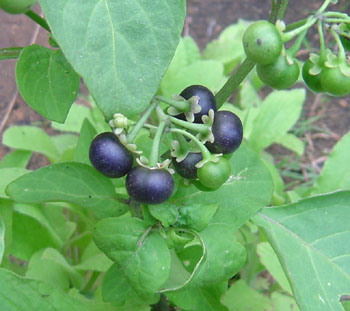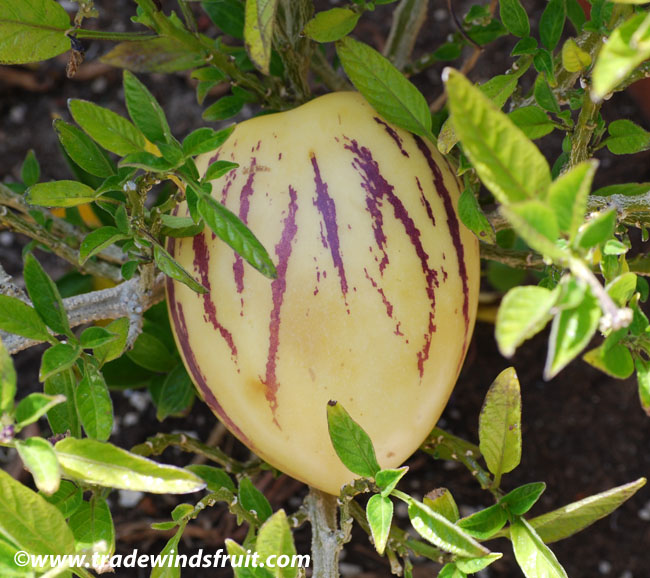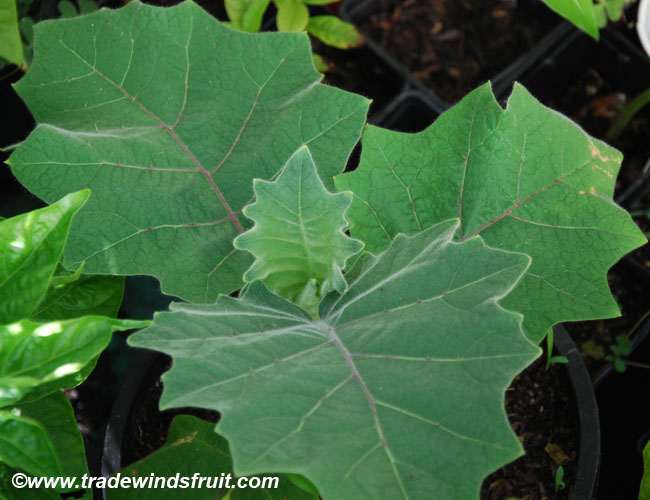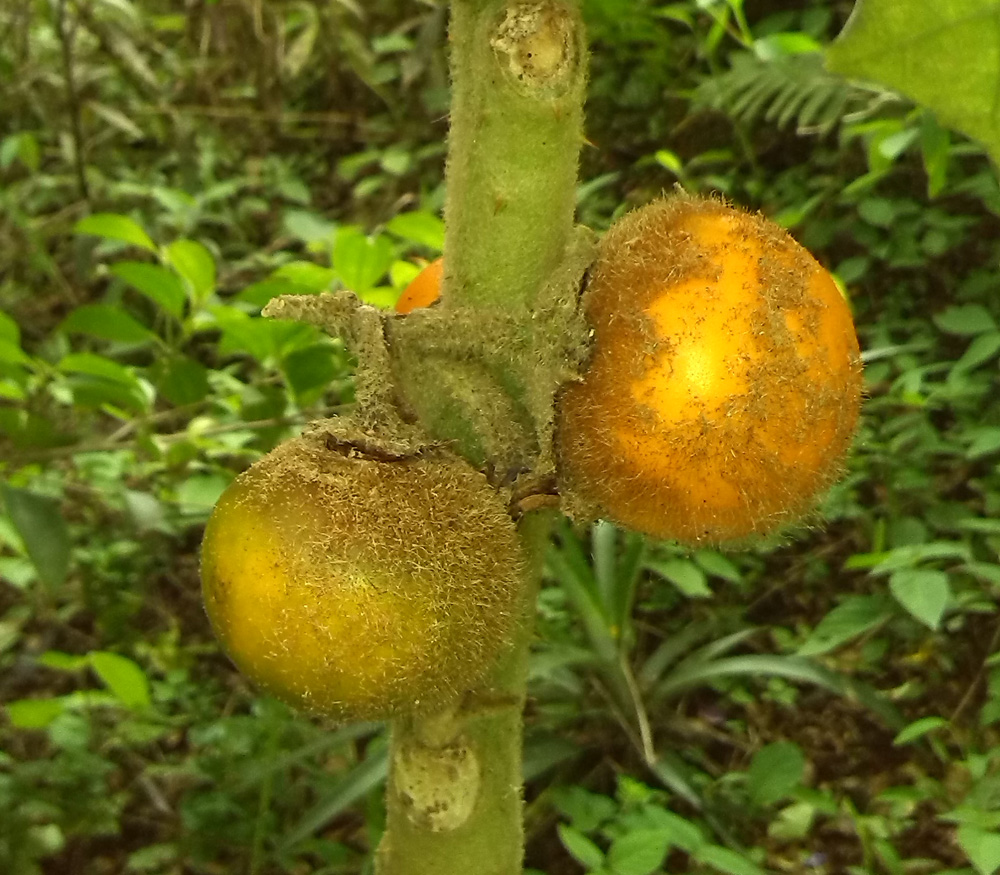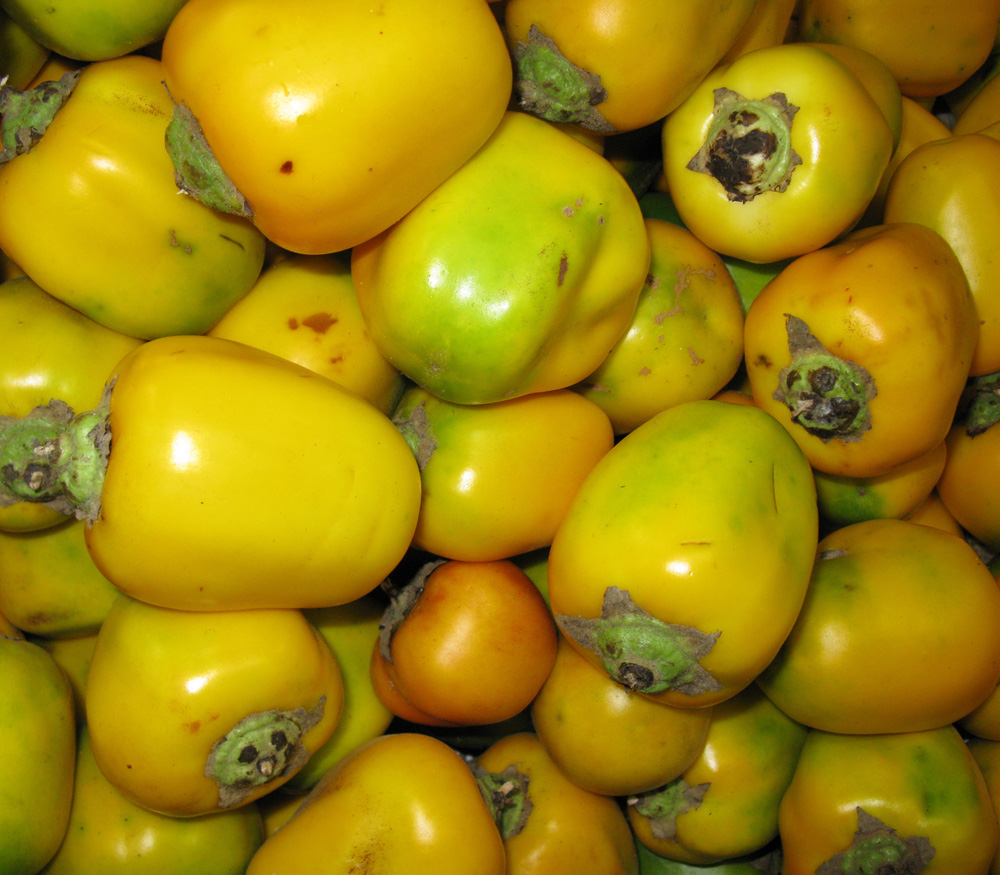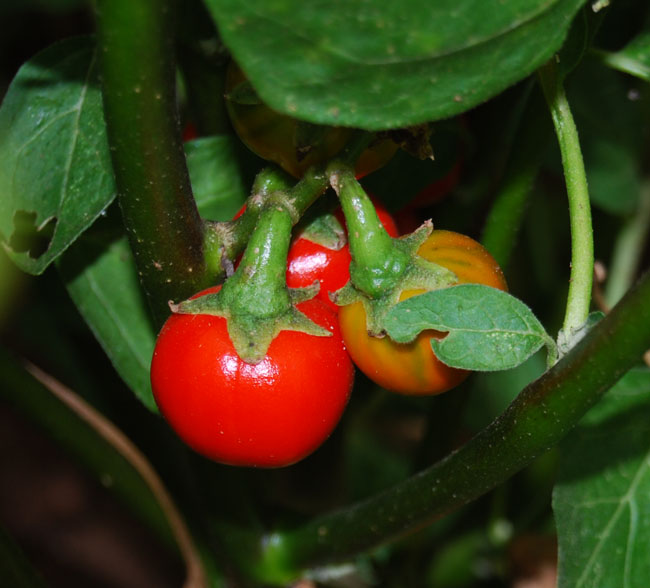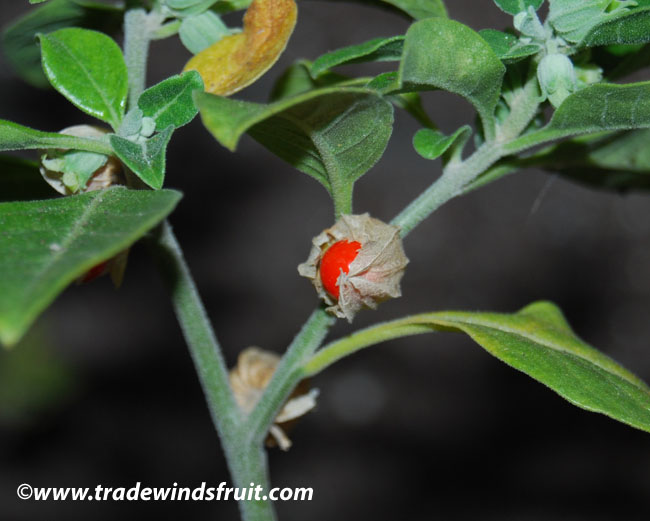- Home »
- Information »
- Wonderberry
Wonderberry
Solanum burbankii
Small, dark purple fruit closely resembling the highly poisonous nightshade. The ripe fruits don't taste like much, but when cooked with sugar, have a pleasant berry flavor that is usually used as a flavoring for pies and desserts.
Seed Availability
Seeds are now available at our seed store.
Description
Very small shrub, usually growing to only 12-24". The wonderberry can fruit at just 3-4" high.
Hardiness
Not frost hardy. Grow as an annual. Sunset Zones: All zones USDA: All zones
Growing Environment
The plants are exceedingly easy to grow and care is similar to the tomato, except that wonderberries tend to be less picky about temperature and water, and generally fruit much faster. Can be grown in full or part sun outdoors, or in a sunny window. Sow seeds directly in the ground during summer, or start inside. Germination is best when soil temperatures are above 70F. Keep the soil damp and repot as needed; wonderberry plants need little attention to flower and fruit. See also: garden huckleberry.
Propagation
By seed. May fruit in just 2-3 months.
Uses
Cooked and used as a flavoring for various desserts. The unripe (green) berries are poisonous.
Native Range
The wonderberry is a man-made cross between Solanum villosum and S. guineense, produced in the early 20th century by renowned plant breeder Luther Burbank. It closely resembles the wild garden huckleberry, and adding to the confusion, this common name is often used to describe the wonderberry as well. However, the flavor of the wonderberry is far superior to that of the garden huckleberry.

